Ultimate Guide to Monasteries in Ladakh
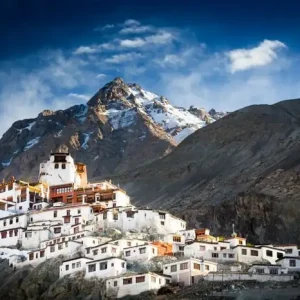
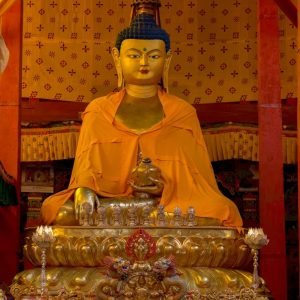
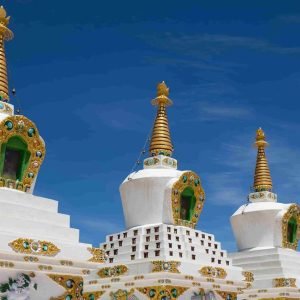
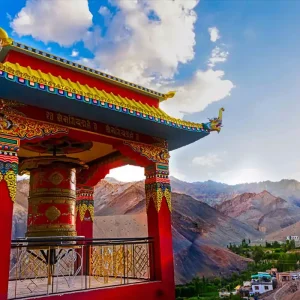
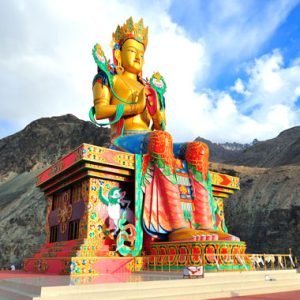
Table of Contents
ToggleHistory of Monasteries in Ladakh
With its awe-inspiring landscapes and deep-seated Buddhist roots, Ladakh — known as “Little Tibet” is one of the most spectacular places to visit in India. These monasteries are scattered all over the region and present Ladakh’s spirituality, culture in a divergent style. The guide provides a comprehensive understanding of the Ladakh monasteries explaining their history,importance and architectural elements.
1. History, Context and Aging
1.1 Ladakh Monastery: A Historical Glimpse
Introduction of Buddhism and Tibetan Buddhist effect on Ladakh
Period of Development: Monastic Communities Varying influence by dynasties
1.2 Monastic Traditions and Practices
Buddhist For Major Sects: 1) Gelug School of Tibetan Buddhism, (2) Kagyu school / order in tibetan buddhism :(the karmapa)(3),(nūma tradition), and,(kagyudpa associates):(surmang gharpos the main,) nyigma pa/ nyingmapa-njānimba[6] for “old” obedients)+(5): sakya logyillin sasana traditions
Festivals Rituals: Overview of important Monastic festivals and rituals
1.3 Monasteries in Attribution on the Map
Monasteries in Leh District : Top monasteries and Location
Monasteries of Nubra Valley: In and Around Nubra Monastery
Monasteries in Zanskar Valley
Sham Valley Monasteries: List of monasteries located in Sham valley
2. Major Monasteries in Ladakh
2.1 Thiksey Monastery
Location: Thiksey Village,( 19 kms from Leh)
Establishment: 15th century AD by the Gelugpa sect
Where: Famous for its similarity with the Potala Palace.
Highlights: Three-story assembly hall, enormous Maitreya Buddha statue and of course the panoramic views
2.2 Hemis Monastery
Location: 45 km south of Leh
Established: 11th century, re-founded in the 17th century
High significance: The richest and biggest monastery of Ladakh
Main items: Festival Hemis, large collection of thangkas and impressive wall paintings
2.3 Diskit Monastery
Place: Diskit, Nubra Valley
Origin: 14th century by Changzem Tserab Zangpo
Also read: Highlights of Diskit Monastery – One Of The Oldest in Nubra Valley
Special Features:: Statue of Maitreya Buddha – 32m, traditional Tibetan art
2.4 Alchi Monastery
Offered At: Alchi Village, Leh District
Established: 11th century by Lotsawa Rinchen Zangpo
Importance: Known for its old wall paintings and distinctive Indo-Tibetan style of architecture
Highlights: Mud-brick construction, vibrant frescoes; historically significant
2.5 Lamayuru Monastery
Place: Lamayuru Village, Leh District
Founded: 10th century
Things to see: One of the oldest and prettiest monasteries
Admission: None, Open HoursKey FeaturesMoonland landscape+traditional Buddhist architecture famous paintings from ancient times
2.6 Shey Monastery
Location: 15 km south of Leh
Established: 16th century by King Deldan Namgyal.(erected1860)
The Old Summer Palace
Notable Features: The grand Buddha, old remnants of the ruins and royal palace
2.7 Stakna Monastery
Location: Leh,7 KMs East of City on Hill Top
Established: 16th century by Chosje Jamyang Palkar
Legend/beliefs: Situated at beautiful place and has religious importance
Main Features: Tibetan art, panoramic view of Indus River valley
2.8 Phugtal Monastery
Where: Out-of-the-way cliffside site in Zanskar Valley
Founded: 12th century
Importance: Known for being isolating and many meditation caves
Top Highlights: Cliffside architecture, stunning landscapes and religious seclusion
3. Religious and Festivals Value
3.1 Major Monastery Festivals in Ladakh
Hemis Festival: Celebration, Rituals and importance of Culture
Losar — Traditional Celebrations of Tibetan New Year
Thiksey Gustor : A year festival and its distinctive characteristics
3.2 Monastic Life And Activities
Routine of a Monk: Meditation, Study etc.
Monastic Education: Ladakhi monasteries, their curriculum and teachings
Local Impacts: how monasteries affect social, cultural and economic ways of life in your community.
4. Visiting Ladakh’s Monasteries
4.1 Best Time to Visit
Summer: Best time to travel/ sightseeing
If You are Visiting in Winter: Must Experience Different and Festival Chance
4.2 Travel Recommendations
Required Permits: Few permits required for restricted areas
Correct Dress Code: Respectable clothing and conduct within monasteries
Local Manners: Customs and traditions to observe
4.3 Accomodation & Facilities
Houses Near Monasteries: Suggestions and Mileage
Home stays and guest houses – experience local-style
5. Photography and Conservation
5.1 Photography Standards:
Photography with a Quieter Mouth: Photography Conduct in Monasteries
Best Photography Locations: Scenery and Monestary Details
5.2 Conservation Efforts
Conservation Priests: Actions to keep monestary property and history alive
What To Support: How Travelers Can Help with Conservation
6. More Resources and References
6.1 Monastery books and guide to Ladakh
Further Reading: Books on the Monasteries of Ladakh
Tour Guides: A guide for planning a traveling.
To learn more, get advice or even contribute to the community yourself:
6.2 Online resources & forums
Online: Best Sites For Travel Planning + Monastery Info
Travel Blogs & Forums — Get insights and advice from other travelers
Conclusion
But Ladakh’s monasteries are more than that — they act as historical, cultural and art houses of the region. Be it in the grandeur of lofty structures, or a quiet conversation with monks, or just witnessing vibrant festivals being carried out by these monasteries which define Ladakh its essence.
Related Posts
- Gurudwara Chatti Patshahi : A Pillar of Sikh Heritage in Kashmir
- Raghunath Temple : A Symbol of Spiritual Grandeur
- Kheer Bhawani Temple : A Sacred Sanctuary of Divine Reverence
- Shankaracharya Temple : A Spiritual and Architectural Gem in Kashmir
- Vaishno Devi Temple : A Sacred Journey to the Heart of Spirituality
How to Book a Ladakh Trip with Charzan Holidays?
For a seamless and exceptional booking experience, contact Charzan Holidays at reservations@charzan.in or call us at +919622224473.
Frequently Asked Questions
1. What are the most famous monasteries in Ladakh? | |
| Notable monasteries include Hemis, Thiksey, Diskit, Alchi, and Shey Monastery. | |
2. Why is Hemis Monastery significant? | |
| Hemis Monastery is the largest and wealthiest monastery in Ladakh, known for its annual festival dedicated to Guru Padmasambhava. | |
3. What can I see at Thiksey Monastery? | |
| Thiksey Monastery features stunning architecture, beautiful murals, and a 15-meter statue of Maitreya Buddha, along with impressive views of the Indus Valley. | |
4. How old is Diskit Monastery? | |
| Diskit Monastery, the oldest monastery in Nubra Valley, was founded in the 14th century and is known for its large statue of Maitreya Buddha. | |
5. What is unique about Alchi Monastery? | |
| Alchi Monastery is famous for its ancient wall paintings and is one of the few monasteries in Ladakh that is not situated on a hilltop. | |
6. Can tourists visit monasteries in Ladakh? | |
| Yes, tourists are welcome to visit most monasteries, but it’s important to respect local customs and dress modestly. | |
7. What is the best time to visit monasteries in Ladakh? | |
| The best time is between May and September when the weather is pleasant, and many monasteries host festivals and events. | |
8. Are there any meditation retreats in Ladakh? | |
| Yes, several monasteries offer meditation retreats and teachings, particularly in the summer months. | |
9. What are the main festivals celebrated in Ladakh’s monasteries? | |
| Key festivals include the Hemis Festival, Losar (Tibetan New Year), and various monastery-specific celebrations featuring traditional dances and rituals. | |
10. How do I get to the monasteries from Leh? | |
| Most monasteries can be reached by hiring a taxi, joining a tour, or using local buses that connect to popular attractions. | |
11. Is photography allowed in monasteries? | |
| Photography is generally allowed, but it’s best to ask for permission, especially in areas with religious significance or where people are present. | |
12. What are the key architectural features of Ladakhi monasteries? | |
| Ladakhi monasteries are known for their unique architecture, including stupas, prayer halls, and colorful murals depicting Buddhist themes. | |
13. Are there any important rituals performed in monasteries? | |
| Yes, rituals like prayer ceremonies, butter lamp offerings, and chanting are commonly performed, especially during festivals. | |
14. What should I know about the etiquette in monasteries? | |
| Dress modestly, remove shoes before entering prayer halls, and maintain silence in sacred areas. | |
15. Can I stay overnight at a monastery? | |
| Some monasteries offer basic accommodation for visitors, providing an immersive experience in the monastic lifestyle. |


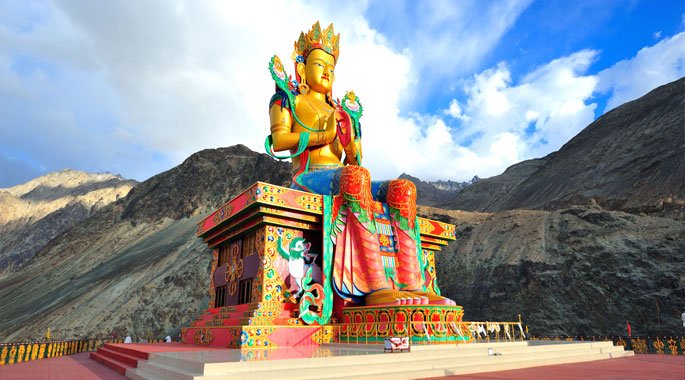
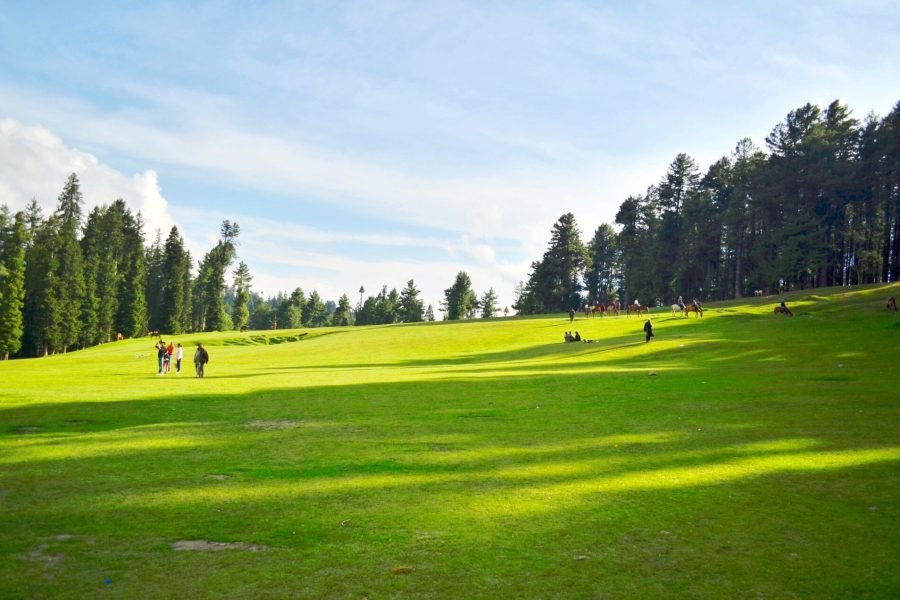
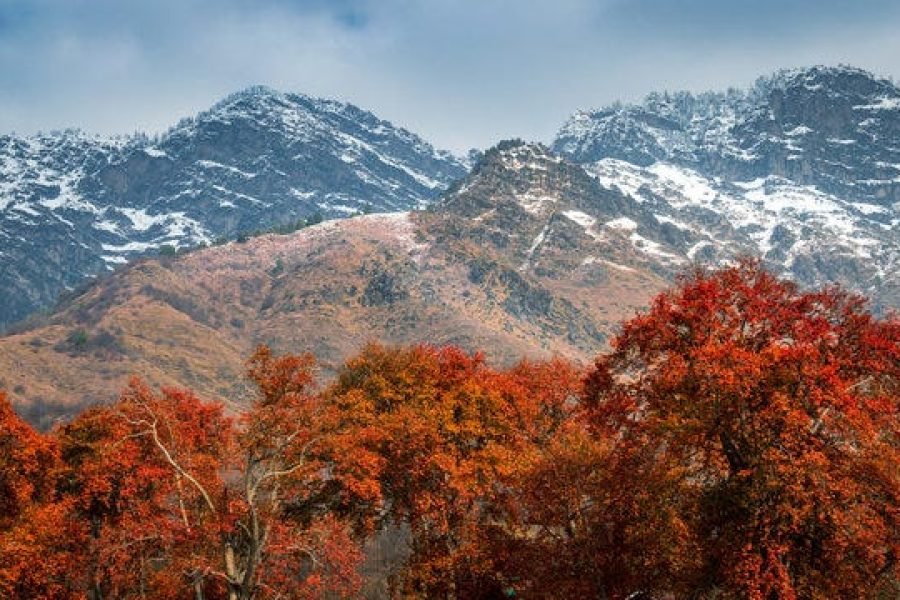
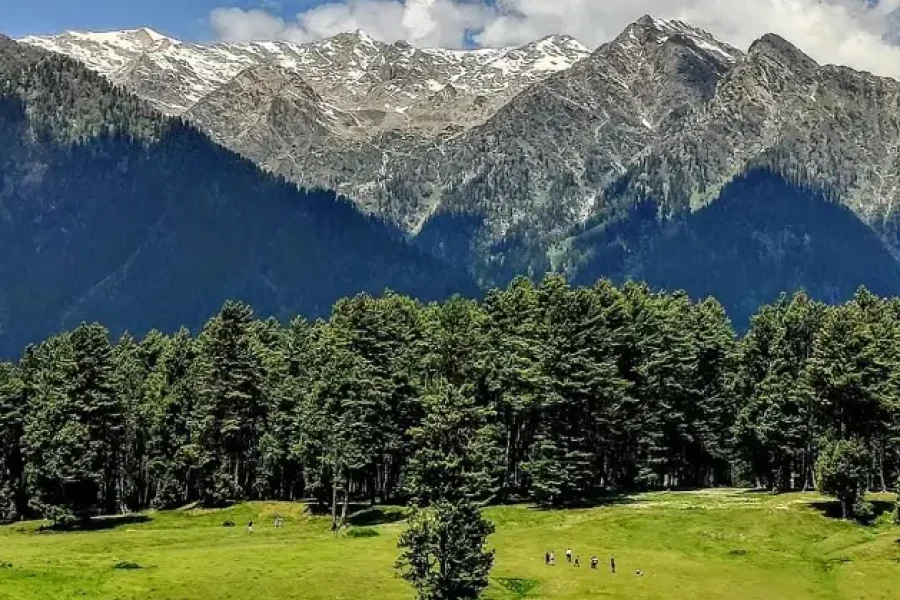
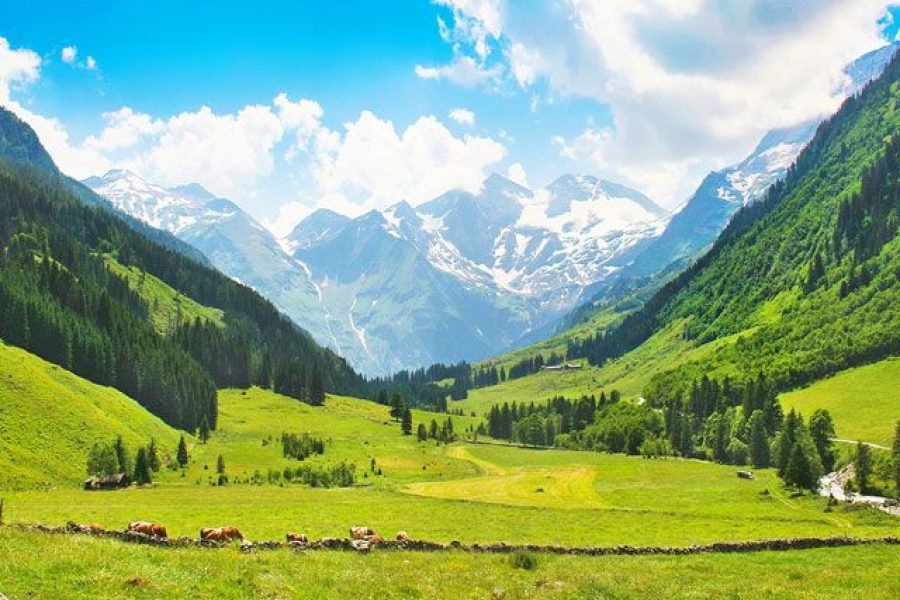
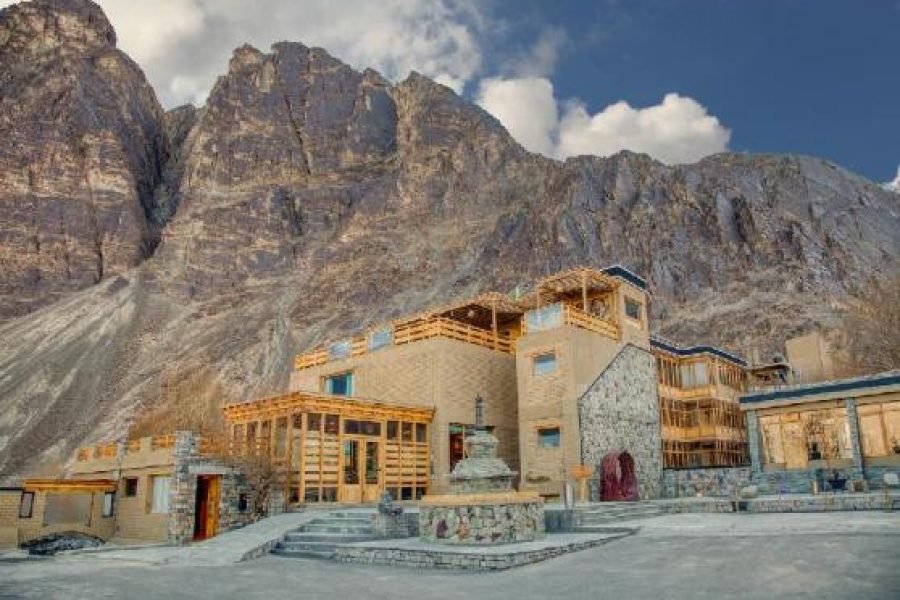
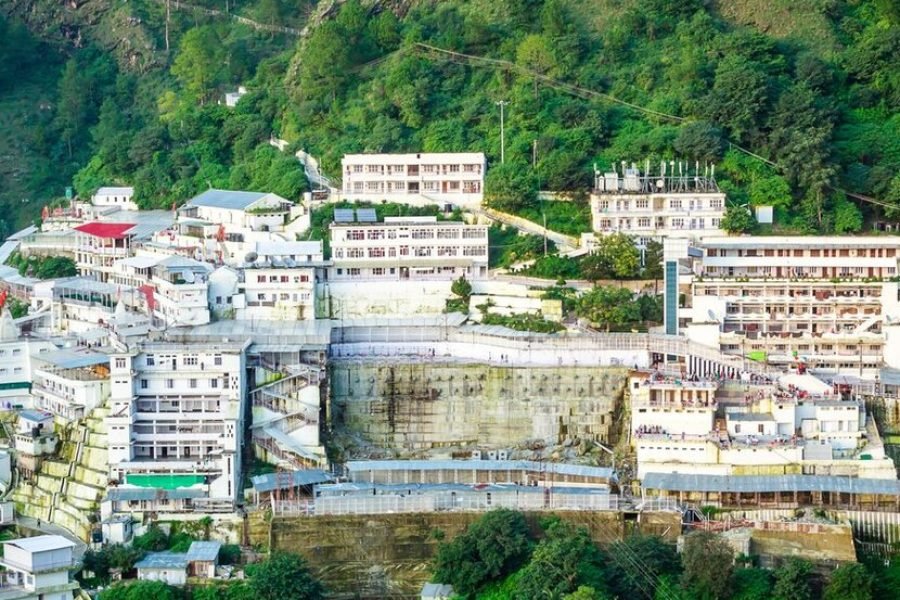
0 Comment